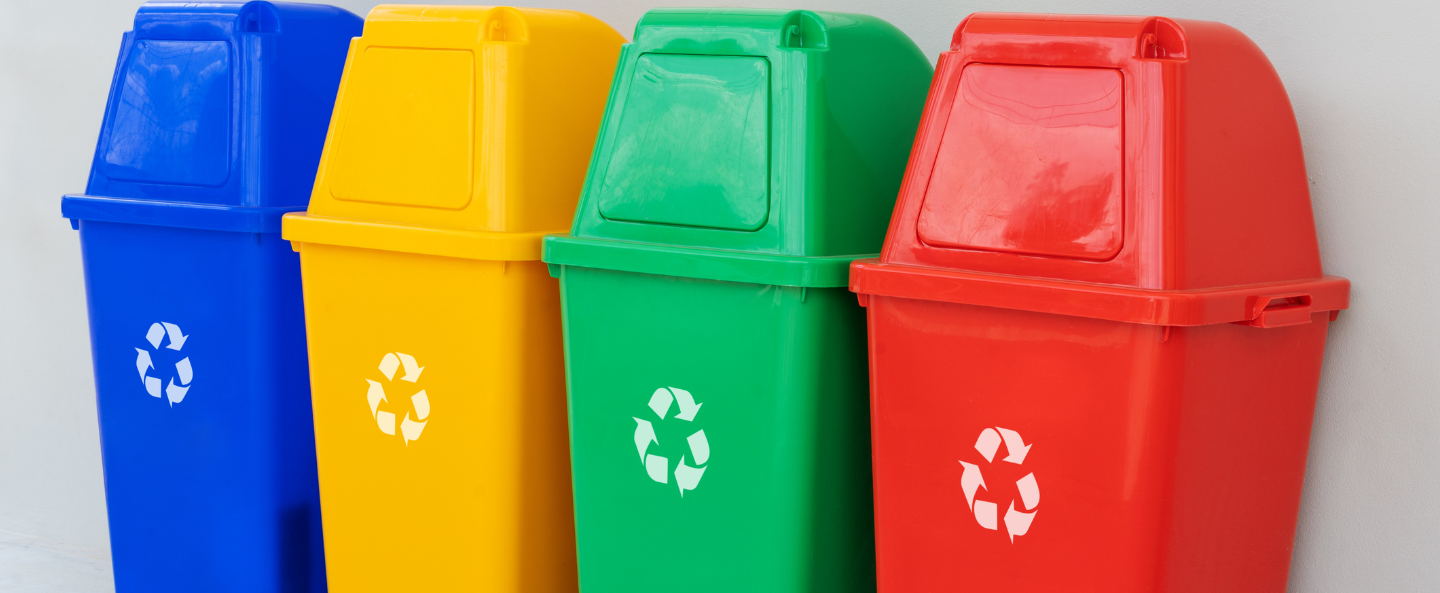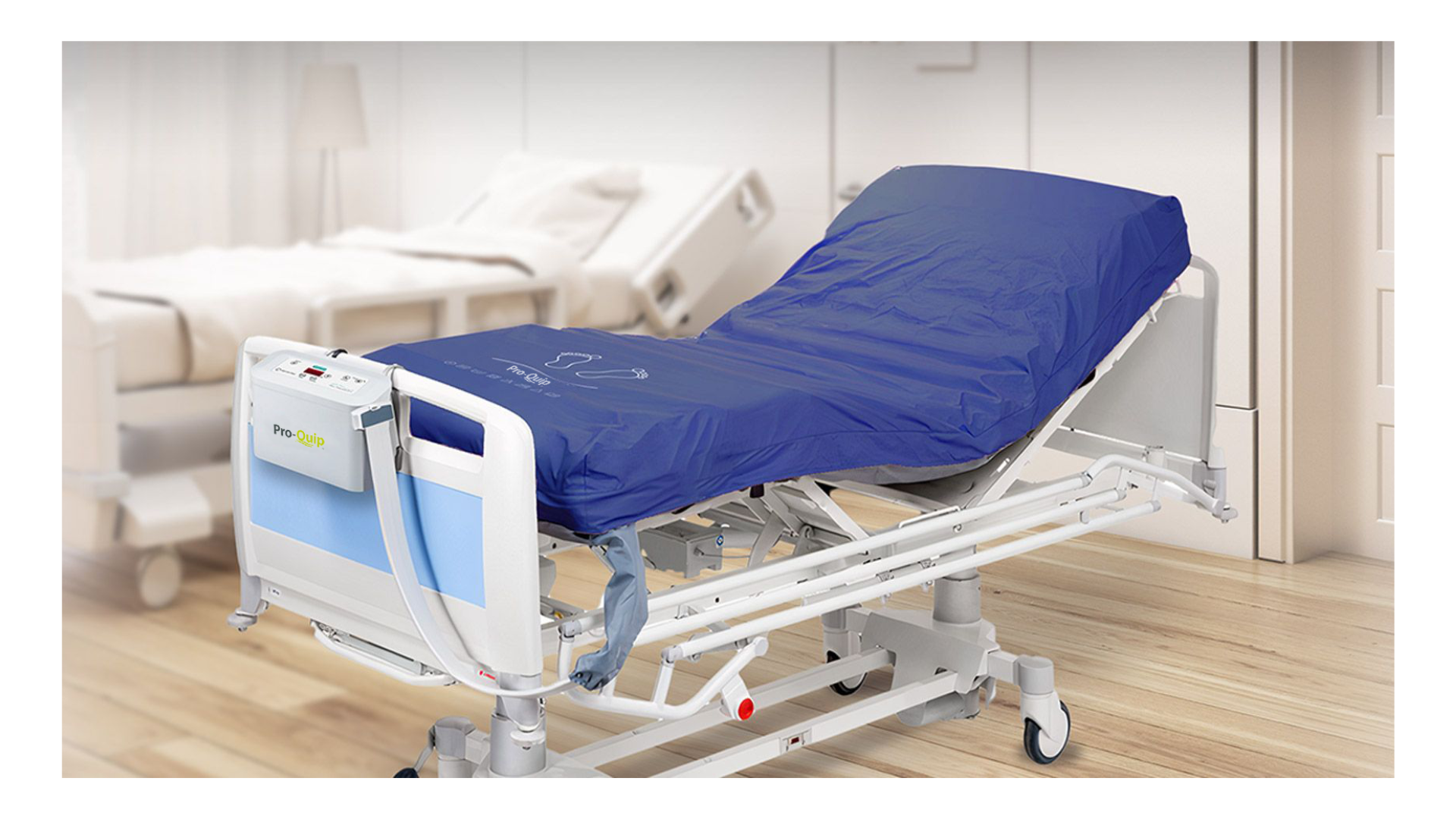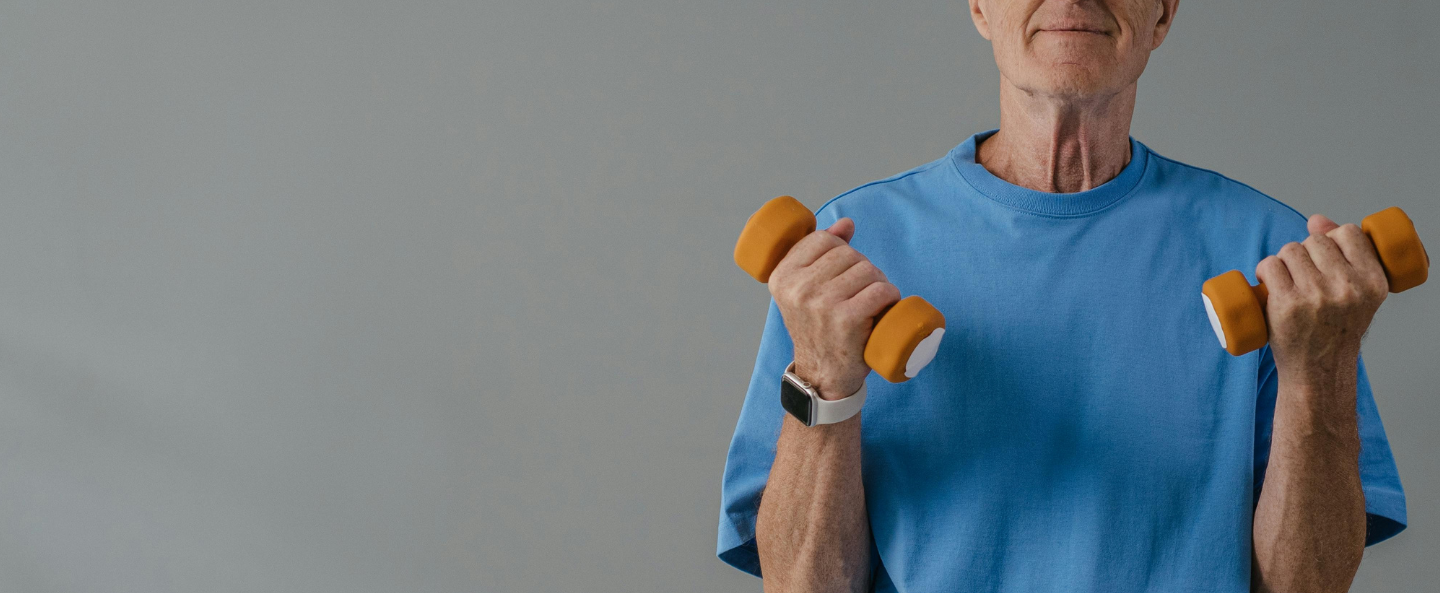Ensuring equipment safety and compliance in care homes is complex and requires a comprehensive approach. Effective management is crucial for smooth operations, but obstacles must be carefully considered.
Let's explore strategies to navigate these challenges successfully.
Equipment Maintenance
Maintaining the operational integrity of equipment relies heavily on regular maintenance and inspections. These crucial activities can strain resources and require specialised expertise to ensure thorough assessments.
A strategic solution to address this challenge involves creating a carefully planned maintenance schedule, supplemented by the possibility of outsourcing maintenance tasks to professionals. This approach guarantees meticulous checks and prompt repairs, fostering a culture of safety and compliance.

Equipment management training
Equipping care home staff members with the necessary knowledge and skills to effectively handle equipment usage, maintenance, and troubleshooting is an essential aspect of ensuring compliance and resident safety.
Care homes should implement a comprehensive training program that provides practical guidance, comprehensive instructional materials, and a supportive environment for continuous learning. This approach empowers staff to confidently navigate any equipment-related tasks and challenges they may encounter, ultimately enhancing the overall quality of care provided to residents.
Compliance
Staying current and in line with the latest regulations and standards is crucial in the ever-changing landscape of care homes. It requires constant vigilance and effort to ensure that care home practices are always aligned with industry standards.
To effectively address this challenge, prioritizing compliance becomes paramount. This means diligently monitoring and seamlessly incorporating any regulatory changes to ensure that care home practices consistently meet the latest requirements. By having a dedicated individual or team responsible for overseeing compliance, care homes can proactively stay ahead of the curve and uphold their unwavering commitment to providing a safe and compliant environment for residents.
Budget constraints
Managing budget constraints and effectively allocating financial resources for equipment acquisitions and maintenance in care homes can present significant challenges that have the potential to impact the overall quality of resident care.
To address these budget constraints, a careful approach to budgetary planning is necessary. This involves developing a comprehensive financial plan that encompasses all aspects of equipment management, including acquisition costs, maintenance expenses, and potential replacements. Additionally, prioritizing essential items and exploring cost-effective alternatives further contributes to a sustainable and efficient approach to managing financial resources in care homes.
Record-keeping
Managing and organizing records of equipment-related activities is essential for maintaining transparency, accountability, and efficient management. However, this task can become complex and challenging without streamlined processes.
One effective solution to tackle this challenge is to incorporate a digital record-keeping system. By embracing this approach, care homes can streamline their documentation, guaranteeing effortless access to maintenance records, equipment manuals, and training materials. This system not only enhances clarity and efficiency but also facilitates a well-structured approach to equipment management, ensuring seamless operations for care homes.
Technology
In an ever-changing technological landscape, care homes face an ongoing challenge to keep their equipment up to date and in line with contemporary standards. This task can be complex, considering the potential implications of obsolescence and compatibility issues.
To overcome this challenge, care homes can establish a technology champion. This person plays a crucial role in evaluating equipment needs thoroughly, prioritising upgrades that seamlessly align with resident requirements and meet the ever-changing expectations of regulatory bodies.
By strategically addressing equipment safety and compliance challenges with continuous improvement and a culture of safety, care homes can enhance resident well-being and optimise operations.


